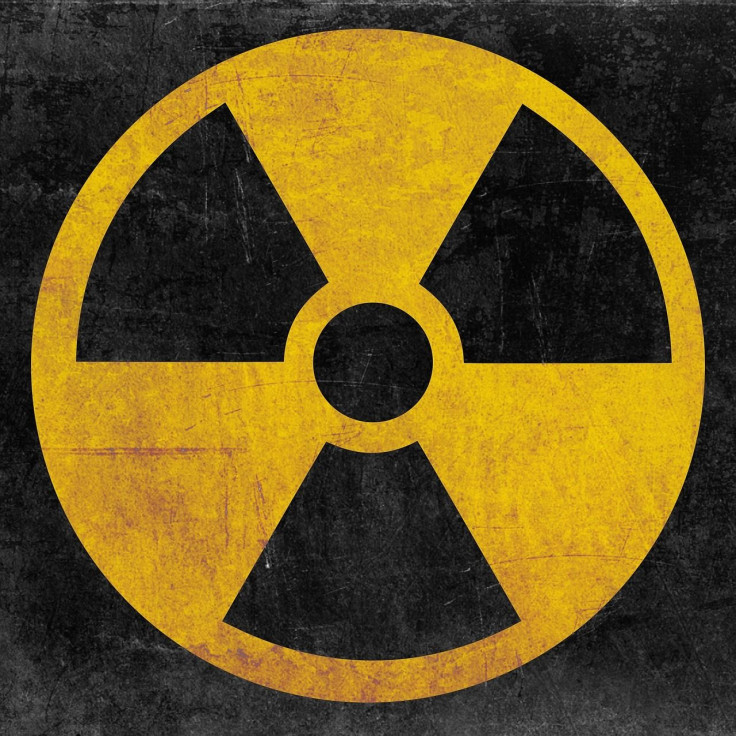Breaking Point: How Much Radiation Can The Human Body Tolerate?

The word radiation rarely inspires positive connotations. Despite the fact that different forms of radiation are used in medical therapies all over the world, most people think of darker occasions when presented with the word: The disaster at Chernobyl, the Three Mile Island meltdown, and the relatively recent accident at the Fukushima power plant in Japan. Though we use X-rays and other medical radiation technology without incident every day in the United States, it is the rare radiation disasters and the severe health effects they cause that stick with us.
What exactly is radiation, though, and how is it possible for us to use it for medical good and avoid it in all other situations? How do natural sources of radiation stack up to man-made ones, including the nuclear power plants many have grown to fear? What happens if we’re exposed to radiation, whether it’s a low or high dose, and whether the exposure is prolonged or acute? Here’s a look at one of the most controversial and publicized sources of harm to the human body; one that still isn’t totally understood.
A Radioactive World
There are many types of radiation in the universe, but those associated with harm to humans are usually of the ionizing variety. Ionizing radiation is energy released by atoms that travel in high frequency, short-wavelength electromagnetic waves. This type of radiation includes gamma rays, X-rays, and the highest part of the ultraviolet spectrum. This type of radiation has the power to displace electrons from their orbit around a nucleus; in terms of the human body, that means ionizing radiation can damage our DNA and other key molecular structures within the cells of our tissues and organs.
Ionizing radiation, though it’s most famously connected to nuclear meltdowns and blasts, actually comes from all sorts of materials on earth. According to the World Health Organization, “On average, 80 percent of the annual dose that a person receives of background radiation is due to naturally occurring terrestrial and cosmic radiation sources.”
These sources include naturally occurring radioactive materials on earth, such as Radon, and solar and cosmic radiation from space. Human exposure to radiation also comes from man-made activities, including medical uses of radiation treatment, mining coal and oil operations, and nuclear tests and plants.
None of this is good thing, or even an okay thing, according to most researchers. Current thinking has long-term effects of radiation exposure following a linear no-threshold hypothesis — basically, no level of exposure is safe. Even though there’s no threshold level for super-low doses of radiation, experts say there is no evidence that any level of radiation exposure is completely safe.
Based on evidence from individuals exposed to atomic bombs in Hiroshima and Nagasaki, many organizations, including the National Institutes of Health, have classified ionizing radiation as a human carcinogen. Those exposed to radiation from the bombs showed an increased risk of leukemia as well as lung, breast, ovary, and thyroid cancers. Even just receiving routine tests like X-rays or a CT scan ups a person’s cancer risk, according to the National Research Council of the National Academies. They determined that a single CT scan carries a risk of 1: 1000 of producing cancer. Though deaths from these cancers are perhaps not classified as a direct result of radiation, chronic risks of exposure have been gaining more and more attention from researchers.
This being said, we cannot escape all sources of radiation. The most severe health effects, and the only way radiation could be a direct and more immediate cause of death, come at much higher levels of exposure than any average person will experience in their lifetime.
But how much radiation is too much?
Dangerous Exposure
When we’re exposed to typical levels of radiation on a day-to-day basis, our bodies don’t even register it. Once a certain threshold of exposure is passed, however, we begin to experience an impairment in functioning. Immediate health effects of ionizing radiation exposure are grouped together under the name acute radiation syndrome (ARS). Also known as radiation sickness, ARS varies greatly in terms of symptoms and severity, depending on the dose of radiation. The effect of radiation on the body is measured in Sieverts (Sv).
Normal activities expose us to anywhere from 0.05 microsieverts (uSv) to 40 uSv — tiny fractions of what would be a dangerous dose. In terms of a onetime exposure, such as a nuclear meltdown, we begin to see negative health effects at 1 Sv. The first noticeable signs of ARS are usually nausea, vomiting, and other gastrointestinal effects, though hematopoietic effects (including a drop in blood cells), may occur first and go unnoticed without a blood test.
Radiation measured at 2 Sv can become fatal without care due to severe damage to vital organs and tissues. Once neurovascular effects, including dizziness, severe headache, and decreased levels of consciousness, occur, ARS is invariably fatal. Fatality can occur at 4 Sv without prompt treatment, and occurs without fail at 8 Sv.
So what do these levels of exposure look like in real-life terms? Ten minutes next to the reactor core at Chernobyl after meltdown would have resulted in 50 Sv of exposure, well beyond the lethal dose for humans. Aside from actually standing next to the biggest nuclear disaster in history, however, it’s unlikely a person will ever come across such high levels of exposure. Even radiation workers have a recommended limit of less than 0.05 Sv per calendar year.
Barring any extenuating circumstances like atomic bombs or nuclear explosions, ARS should be a very, very distant concern for most people. The longer-term effects of radiation, most notably the increased risk of cancer, are a much more relevant problem. Though there’s no way to avoid all radiation, simple precautions like wearing lead for X-rays and getting your home checked for Radon can decrease one’s risk of developing cancer from radiation exposure.



























